New eBooks
Oral
Biofilms and Modern Dental Materials / edited by Andrei Cristian Ionescu, Sebastian
Hahnel
Springer
Nature Switzerland AG 2021
Digital Dental Implantology / edited by Jorge M. Galante, Nicolás A. Rubio
Springer Nature Switzerland AG 2021
“This book describes the fusion of CBCT and CAD/CAM technologies for the purpose of surgical dental treatments and explains the advantages and applications of this digital approach for implant placement procedures and other oral surgical protocols.
All aspects of computer-aided imaging and design are first covered in the textbook, including the creation of DICOM and STL files; followed by the process of virtual merging to obtain a combined image. Secondly, clinical tips for the use of digital wax up, software interactions and accurate template fabrication are explained, including subtractive and additive methods used for this manufacturing step.
The remainder of the book is devoted to the application of technology fusion in implantology, guided bone regeneration, and maxillofacial surgery. Both static and dynamic guided surgeries are described. Materials characteristics and surgical instruments are also presented to define a correct selection criteria.
The digital approach outlined in this textbook involves a paradigm shift in the way traditional oral surgery is conceived. Technology fusion aims to improve treatment accuracy, optimize clinical time and reduce patient morbidity. Clinicians will find this book to be a valuable guide for virtual surgical planning and a path to introduce themselves into the exciting world of digital dental surgery.”
Burning
Mouth Disease / edited by Isaäc van der Waal
Springer
Nature Switzerland AG 2021
Burning mouth disease (BMD), also referred to as burning mouth syndrome, is an enigmatic disease for both the patient and the clinician. When the disease is not recognized as such, the patient may become exposed to a wide variety of redundant treatments, including dental and surgical procedures. The text is science-based including literature from the past decades as well as practice-oriented containing treatment guidelines established on personal experience from the author. Much attention is paid to the symptoms of various diseases that may mimic those of BMD. Neurologic and psychogenic aspects are well covered, as are the many treatment modalities, such as pharmacological and nonpharmacological ones. Step-by-step approaches are outlined in this book to help make an apparently unbearable disease more or less acceptable to live with. This monograph will be of help for all dental and medical healthcare providers who are involved in the diagnosis and management of patients suffering from BMD and BMD-like symptoms.” From publisher’s website
Dentofacial
Anomalies / edited by Abdul Latif Hamdan, Robert Thayer
Sataloff, Valerie Trollinger, and Mary J. Hawkshaw
Springer
Nature Switzerland AG 2021
Dentofacial Anomalies: Implications for Voice and Wind Instrument Performance is addressed to otolaryngologists, laryngologists, speech-language pathologists, voice teachers, professional voice users, wind instrumentalists, instrument teachers, arts medicine physicians, physical therapists, orthodontists and other dentists, as well as members of the general public who are concerned about their voices and or wind instrument playing.” From publisher’s website
Pediatric Maxillofacial Trauma / edited by George M. Kushner, Lewis C. Jones
Springer
Nature Switzerland AG 2021
Oral and Maxillofacial Surgery for the Clinician / edited by Krishnamurthy Bonanthaya, Elavenil Panneerselvam, Suvy Manuel, and Vinay V. Kumar, Anshul Rai
The Association of Oral and Maxillofacial Surgeons of India 2021
This comprehensive open access textbook provides a comprehensive coverage of principles and practice of oral and maxillofacial surgery. With a range of topics starting from routine dentoalveolar surgery to advanced and complex surgical procedures, this volume is a meaningful combination of text and illustrations including clinical photos, radiographs, and videos. It provides guidance on evidence-based practices in context to existing protocols, guidelines and recommendations to help readers deal with most clinical scenarios in their daily surgical work.
This multidisciplinary textbook is meant for postgraduate trainees, young practicing oral surgeons and experienced clinicians, as well as those preparing for university and board certification exams. It also aids in decision-making, the implementation of treatment plans and the management of complications that may arise.
This book is an
initiative of Association of Oral and Maxillofacial Surgeons of India (AOMSI) to
its commitment to academic medicine. As part of this commitment, this textbook
is in open access to help ensure widest possible dissemination to readers
across the world.” From publisher’s
website
Management of Oral Cancers / edited by Sudhir Bahadur and Subramania Iyer
Springer Nature Singapore Pte Ltd. 2021
“Tumor biology varies at different subsites in the oral cavity, and therefore carcinoma of the gingivo-buccal sulcus (also known as Indian cancer) behaves differently from carcinoma of the tongue. Oral cancer is very often diagnosed at an advanced stage with neck metastasis, and most cases have a guarded prognosis. Loco-regional recurrences are frequent and morbidity following treatment is considerable. However, results have improved in recent years, particularly in early and certain advanced stages, due to better imaging and case selection, improved surgical techniques, including those for reconstructive surgery, a multidisciplinary team approach and a better understanding of tumor biology and prognostic factors.This book comprehensively and systematically reviews all these aspects of diagnostic and therapeutic advances in oral cancer, particularly discussing early detection, epidemiology, chemoprevention and current research.
Written by specialists who are active leaders in basic sciences or clinical fields, the chapters address individual and collective issues in managing patients with oral cancer, and provide insights into various treatment approaches. The authors share their knowledge and experience and provide extensive literature sources to encourage clinicians to be flexible, innovative and help them make the best, educated decisions for individual patients.” From publisher’s website
The Surgery-First Orthognathic Approach / edited by Jong-Woo Choi and Jang Yeol Lee
Springer
Nature Singapore Pte Ltd. 2021
Basic Open Rhinoplasty / edited by Fabio Meneghini
Springer Nature Switzerland AG 2021
“Expressly designed for surgeons in training who are new to nasal rhinoplasty, this textbook is written in a simple didactic style. A century after the first open rhinoplasty was performed by Dr. Aurel Réthi in Hungary, open rhinoplasty is now the most commonly used approach to aesthetic and reconstructive nasal surgery; the author’s decades of experience will safely guide the reader through her/his journey from the first contact with new patients to the postoperative analysis of clinical results.
Instead of the usual
classification of surgical techniques and anatomical regions, here the learning
process is based on a sequence of steps, each of which addresses the most
frequent problems that surgeons are likely to encounter in everyday clinical
practice. In addition, the most relevant surgical instruments and
electromedical devices are presented, together with their specific features and
techniques, such as inclination and positioning during the procedure. Each step
is richly illustrated and supported by a suggested reading list, as well as
content on ethical and general principles. A specific chapter on radiological
pre-evaluation assessment makes this book unique. Given its clear structure,
its appealing didactic style and wealth of figures, Basic Open Rhinoplasty
offers a much-valued step-by-step companion for postgraduate students, surgeons
in training, and medical practitioners who deal with rhinoplasty in their
clinical practice.” From publisher’s
website
Office Based Anesthesia Complications / edited by Gary F. Bouloux
Springer
Nature Switzerland AG 2021
Office Based Anesthesia Complications is based on the most common anesthesia related complications that have been documented over more than 20 years of data collection for Oral and Maxillofacial Surgery.” From publisher’s website
Diagnosis in Otorhinolaryngology / edited by T. Metin Önerci and Zeynep Önerci Altunay
Springer Nature Switzerland AG 2021 “This revised and expanded second edition provides a comprehensive and up-to-date pictorial overview of the majority of ENT conditions. When making a diagnosis, it is of paramount importance that the ear, nose and throat (ENT) specialist views the lesion and recognizes its pathology. Recent advances in endoscopic technology have enabled us to obtain clear images of such lesions and have changed our approach to diseases and techniques in the fields of ENT and head and neck surgery.
Featuring schematic drawings to make difficult topics more understandable, the book supports beginners in their search for the correct diagnosis, and increases their understanding of basic surgical approaches. It provides fundamental information required for diagnosis and treatment in an easily accessible form, while the tables, photographs and schematic drawings allow readers to grasp the problems quickly. It is also a useful guide for all experts involved in teaching diagnostic and surgical skills.
Diagnosis in Otorhinolaryngology 2nd Edition is intended for general practitioners, medical students and ENT trainees, fellows, academicians and teachers.” From publisher’s website
Diseases and Injuries to the Head, Face and Neck / edited by Michael Perry
Springer Nature Switzerland AG 2021
“This book provides a practically applicable guide to injuries, diseases, and disorders affecting the head, neck, and dental region seen within accident and emergency departments. These regions contain a number of specialized structures each with individual neural, muscular and vascular elements, meaning that the study of these anatomical areas is complicated and often quite daunting. Chapters in this work aim to break the treatment of such injuries and diseases into an easy-to-digest format via chapters featuring a symptom-based approach. Therefore, enabling the reader to quickly access the information they require when treating patients with a variety of disorders in the emergency room.
Diseases and
Injuries to the Head, Face and Neck: A Guide to Diagnosis and Management is a
concise overview of how to deal with head, neck, and dental emergencies and is
an important up-to-date resource for all medical professionals and trainees who
encounter these patients.” From publisher’s
website
Applied Head and Neck Anatomy for the Facial
Cosmetic Surgeon / edited by Elie M. Ferneini, Michael T. Goupil, Margaret
A. McNulty and Christine E. Niekrash
Springer
Nature Switzerland AG 2021
Divided into three
distinct sections for ease of use, the first section focuses exclusively on
localized anesthesia for each region of the head and neck. Chapters focus on
the techniques that best affect these regions with a chapter closing the first
section, on managing potential anesthetic complications. The second section
covers the regional anatomy of the face by offering high definition photos of
cadaver dissections and anatomic illustrations to highlight pertinent muscle
and bone structures. The third and final section combines the skills detailed
in the first two sections and applies them to a variety of surgical, cosmetic
procedures.” From publisher’s
website
Complications in Neck Dissection / edited by Thomas Schlieve and Waleed Zaid
Springer
Nature Switzerland AG 2021
Complications in
Neck Dissection aims to shed light on these complications in greater detail and
elaborate on their management. Written by experts in the field, the book
reflects upon common and rare complications that are encountered and elaborates
on how neck surgeons can prevent them.” From publisher’s
website
New Theses
The Development and Assessment of a Measure of the Quality of Preventive Oral Health Services for First Nations Communities / by Janelle Jennifer Carrie Brown-Walkus
Anti-degradative Total-Etch Adhesive to Preserve Bonded Interfaces / by Ousama Damlaj
MSc, University of Toronto, 2021
Identification and Characterization of Proteolytic Activities from S. mutans that Hydrolyzes Dentinal Collagen Matrix / by Bo Huang
MSc, University of Toronto, 2021
Effect of Resveratrol and Implant Surface Topography on Osseointegration under Hyperglycemic Conditions / by Anthony Joseph Staibano
MSc, University of Toronto, 2021
Evaluation of a Novel Anabolic Bone Drug with Synthetic Bone Graft Biomaterials in a Rat Jaw Bone Defect / by Mohamed Nur Abdallah
MSc, University of Toronto, 2020
MSc, University of Toronto, 2020
CD301/CLEC10 Expression and its Role in IL-4 driven Multinucleated Giant Cell Formation / by Joyce Patricia Brooks
PhD, University of Toronto, 2020
MSc, University of Toronto, 2020
MSc, University of Toronto, 2020
Canadian General Dentists’ Perceptions about their Relationship with Specialists / by Harpinder Kaur
MSc, University of Toronto, 2020
MSc, University of Toronto, 2020
MSc, University of Toronto, 2020
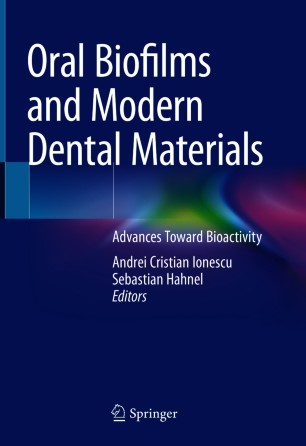

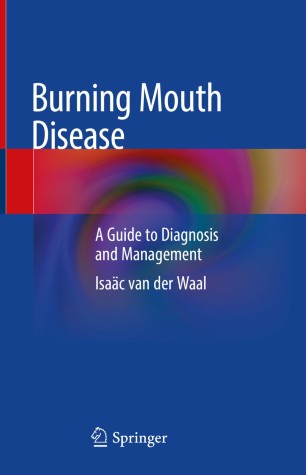
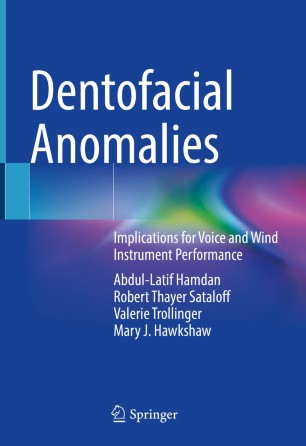
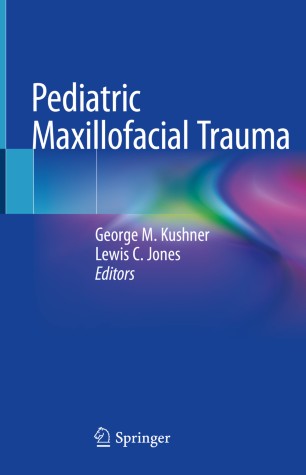
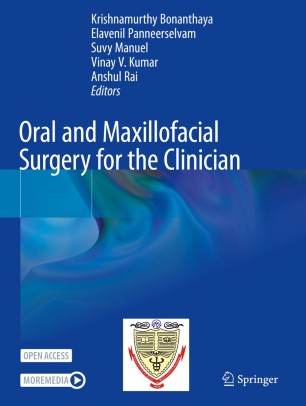
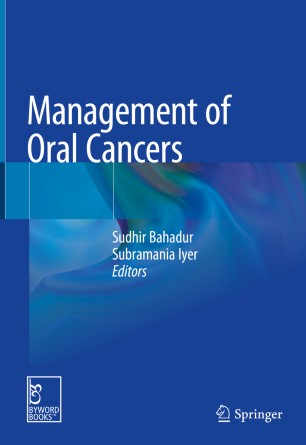
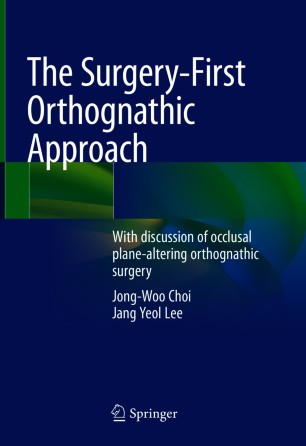
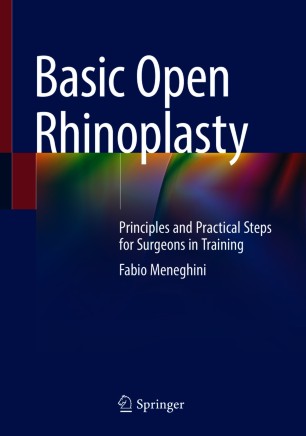
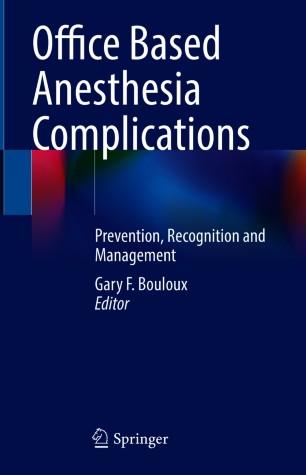
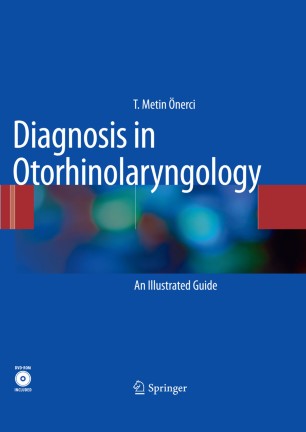
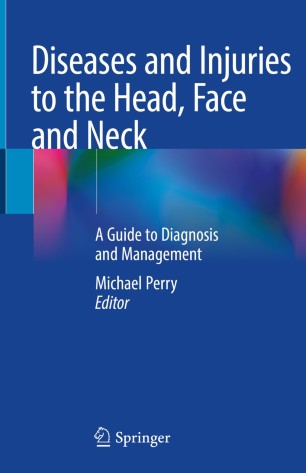
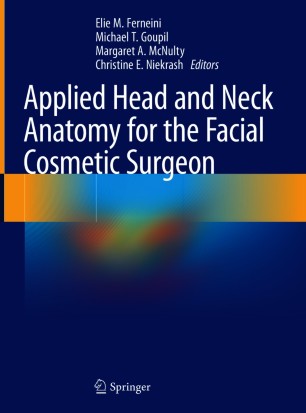
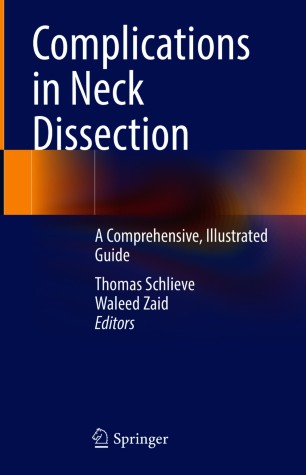

1 comment:
Thank you for taking the time to write this informative post on your blog. I'd like to congratulate you on your work. Have a great rest of your day and keep posting.
Dentist Center City Philadelphia
Post a Comment